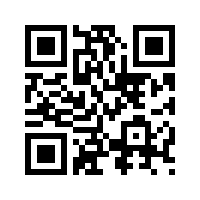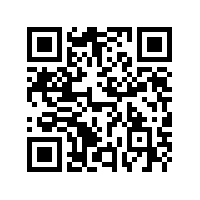At the STC 2011 Summit, there was some hype about QR Codes. What is a QR Code? What are they used for? Why?
A QR Code (short for Quick Response) is similar to a standard-looking barcode that contains data which can be read using a smart phone or QR code scanner. The data can contain information such as a URL, email address, contact information, etc.

QR Code for WriteTechie.com
QR codes can be used to embed information on products, car parts, business cards, and airline boarding passes. For more details about QR codes, read “Barcodes: connecting the real-world to the virtual.”
I got into the act by buying a TweetUp badge this year from Robert Armstrong. That TweetUp badge only had a link to my Twitter account, yet at the STC 2011 Summit, people with smartphones and free QR reader apps could access the cryptic barcode and open up my Twitter page on their browser.

QR Code for Roger’s Twitter URL : http://www.twitter.com/torridence/
Besides putting codes on badges and novelty items, there is some practical uses. For example, Southwest and FedEx use similar barcode technology for their systems. That barcode contains the data printed on the boarding pass or shipping label. In addition, it phases out the magnetic strip that was commonly used on airline boarding passes. It makes for cheaper manufacturing and less paper waste since they are using flimsier sheets. When was the last time that you boarded a plane that had a magnetic strip boarding passes?
There are many other uses for QR Code technology and I hope it finds its way into everyday use where a TCer can simply put a QR code on a product or paper document and have a user scan it in to access supplemental information online on their mobile device. I can see an excellent use for QR codes on food products, where a shopper can scan the item and find recipes to make dinner. There still would be a technical communicator on the other side of the equation ensuring that the information is consistent and pertinent for the consumer.

